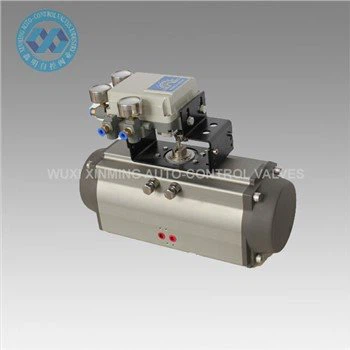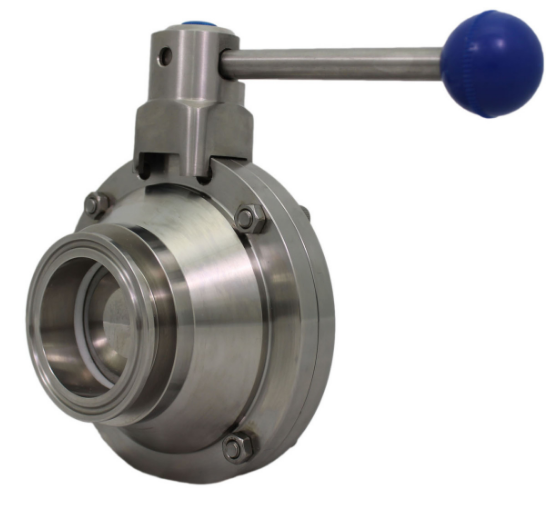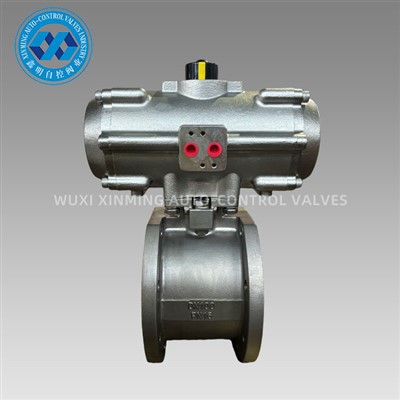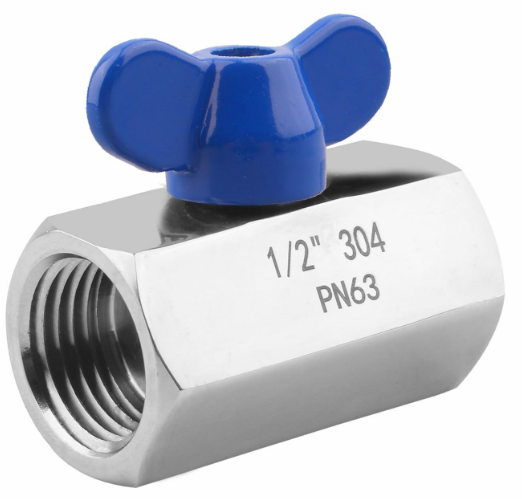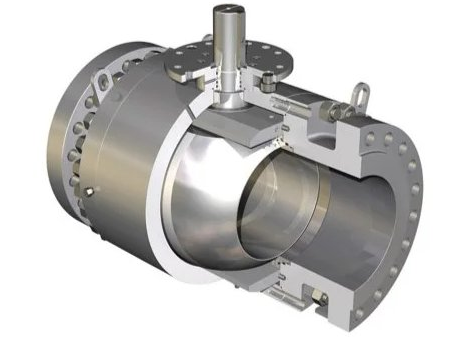Introduction
A pneumatic piston actuator is a type of actuator that uses compressed air to move a piston inside a cylinder, creating linear or rotary motion to operate valves or mechanical equipment. Known for their high force output, durability, and reliable performance, piston actuators are widely used in industrial automation, fluid control, and process systems.
This article explores the working principle, types, advantages, and applications of pneumatic piston actuators, along with how they compare to other actuator designs.
What Is a Pneumatic Piston Actuator?
A piston actuator is an air-driven device where compressed air pushes a piston inside a sealed cylinder actuator, generating mechanical motion. This motion can be linear (back-and-forth) or rotary (turning a shaft).
When used for valves, the actuator converts air pressure into the torque or thrust needed to open, close, or modulate valve positions.
Common terms include:
-
Actuator piston – the moving component that transmits force.
-
Air piston actuator – emphasizes that compressed air is the driving energy source.
-
Valve piston actuator – designed specifically to operate industrial valves.
-
Pneumatic piston valve actuator – often used for high-pressure valve control.
Working Principle of a Piston Pneumatic Actuator
The operation is based on compressed air pressure applied to one or both sides of the piston inside a cylinder.
-
Air Supply – Compressed air enters the cylinder chamber via control ports.
-
Piston Movement – The air pressure pushes the piston, creating a linear stroke.
-
Force Transmission – The piston’s motion is transferred to a valve stem or mechanical linkage.
-
Exhaust Cycle – Air is released through exhaust ports, returning the piston to its initial position (with springs or air pressure).
When integrated into a piston actuator control valve, the actuator precisely adjusts valve position for regulating flow.
Types of Pneumatic Piston Actuators
Pneumatic piston actuators are available in different configurations to suit industrial requirements.
1. Single-Acting Piston Actuator
-
Uses air pressure for one stroke, and a spring for the return.
-
Common for fail-safe operations (spring return to open or close position).
-
Lower air consumption compared to double-acting.
2. Double-Acting Piston Actuator
-
Air pressure is applied alternately to both sides of the piston for forward and return strokes.
-
Provides higher torque and precise control.
-
Common in heavy-duty valve automation.
3. Linear Piston Actuator
-
Produces straight-line motion for operating gate valves, globe valves, or dampers.
-
Used in applications requiring high thrust.
4. Rack-and-Pinion Piston Rotary Actuator
-
Converts linear piston motion into rotary output for ball valves, butterfly valves, and plug valves.
-
Offers high torque output and durability.
5. Scotch Yoke Piston Actuator
-
Similar to rack-and-pinion but optimized for high breakaway torque.
-
Ideal for large valves with high starting resistance.
Advantages of Piston Type Pneumatic Actuators
-
High Force Output – Larger piston area generates significant torque and thrust.
-
Durable Construction – Handles high operating pressures and heavy loads.
-
Fast Response – Quick actuation for critical process control.
-
Versatility – Suitable for on/off and modulating service.
-
Reliability – Operates in harsh industrial environments.
Applications of Pneumatic Piston Actuators
Pneumatic piston actuators are used across various industries, including:
-
Oil & Gas – For controlling large-diameter valves in pipelines.
-
Power Generation – Steam and cooling water valve automation.
-
Water Treatment – Regulating flow in treatment plants.
-
Chemical Processing – Handling corrosive or hazardous fluids.
-
Mining and Metals – Controlling dust collection and slurry handling systems.
Maintenance and Operational Tips
-
Regularly check air supply quality – avoid moisture and contaminants.
-
Lubricate moving parts when required by manufacturer specifications.
-
Inspect seals and gaskets to prevent air leaks.
-
Ensure proper pneumatic actuator piston alignment to avoid wear.
Conclusion
A piston type pneumatic actuator is a robust and efficient solution for industrial valve automation, delivering high force, long service life, and reliable performance. Whether in a linear piston actuator or a rotary piston actuator configuration, these devices remain a preferred choice for demanding control applications.
If you want to learn more about low-priced products, please visit the following website: www.xm-valveactuator.com







